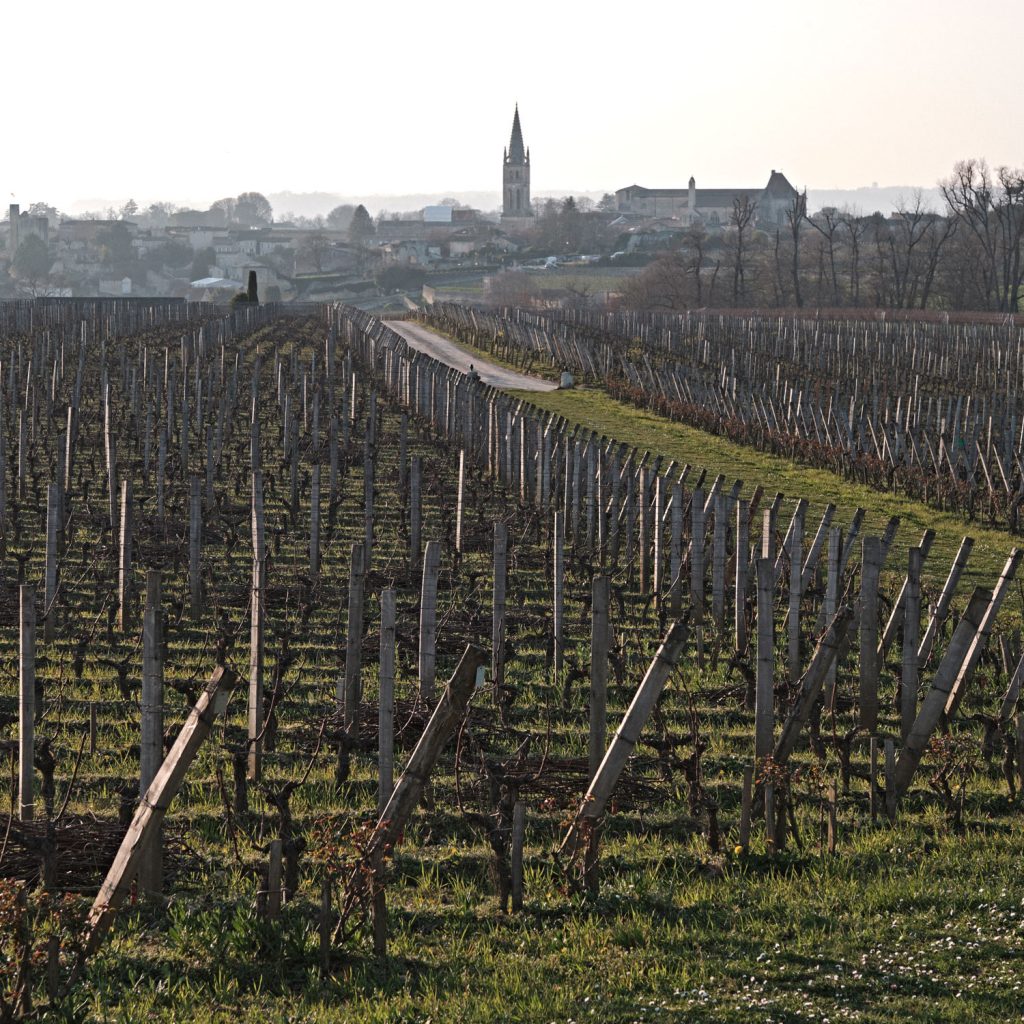Bordeaux 2022: St Emilion
Author: Mark Pardoe MW

Our Buyers have just returned from Bordeaux, tasting hundreds of wines at the châteaux and getting to know the new vintage. In the first of a series, Mark Pardoe MW reports on the commune of St Emilion.
St Emilion 2022 in a nutshell: there are a variety of styles, ranging from thrilling to simpler but very enjoyable. Finding freshness and energy to give life to the Merlots was the key. With St Emilion’s varied soil types, some were more successful than others, but the best are among the wines of the vintage.
A closer look at St Emilion in 2022
The 2022 vintage was kind to St Emilion. At 41hl/ha, the yields here are the highest of all the major communes. When blessed with either clay or limestone to combat the drought, this is a juicy, rich and very successful vintage. It is true that the Merlots did get very ripe and there are many wines above 14% alcohol. But the Cabernet Franc also performed beyond expectation, adding aromatics and vivacity to the blends.
Limestone and clay
The most consistent wines are to be found on the limestone soils on the slopes around the town of St Emilion itself. This geology not only holds water and helps to create a cooler micro-environment but also blocks the uptake of potassium. This helps to keep the pH lower, thus retaining a fresher edge to the palate.
From our tastings, particularly good expressions of this characteristic were found at Chanel-owned Canon and Berliquet, made by the same team, as well as at neighbours Beau-Séjour Bécot and Beauséjour Duffau-Lagarrosse. Ausone had, as usual, a monumental structure. But all the wines from limestone were marked by a precision of fruit and bright energy.
A little lower down the hill, the limestone is tempered by more clay, a cooler soil that also holds water. The effect is to give a broader texture to the palate, and so the extraction of colour and tannin had to be handled especially sensitively. Here there is more variety of style: La Gaffelière opted for restraint and is ethereal and seamless, while Angélus is clearly richer and more densely textured – “grand but not immense” in the assessment of the château.
Synthesising both is the extraordinary terroir of Troplong Mondot. Its vineyards sit on the slopes around the highest point of the commune. The soils here are a mix of clay, gravel and flint with uneroded limestone, which can produce some of the most powerful wines in all of St Emilion. Highly intelligent winemaking in its new winery harnesses this power, however. Nearby on the hill, L’If (stablemate of Le Pin and also with a new winery) has a similar sense of intensity and control.
Gravel
On the gravels by the border with Pomerol, Figeac famously has both Cabernet Sauvignon and Cabernet Franc. Here, thanks to the deep-rooting rootstocks used when the vineyard was replanted after the frosts of 1956, the vines found access to the deep-lying layers of blue clay; the growing season passed without a hitch.
At Cheval Blanc, they discovered that their Merlot and Cabernet Franc were more alike in profile than usual, with both varieties showing spice and richness; the raw material was of such superb quality that almost every single plot was used in the grand vin. Their other property, Quinault L’Enclos, lies on lighter soils towards Libourne. Here, and also at Quintus (part of the Haut-Brion stable), there is no limestone and less clay; the wines tend towards an easy and juicy accessibility.


